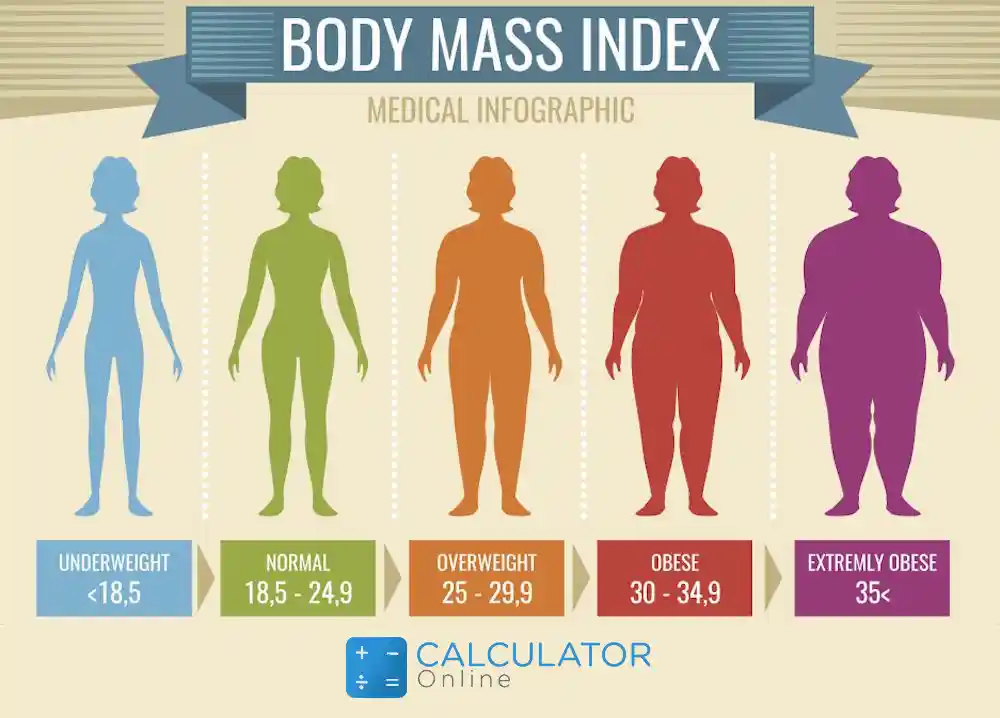Why is BMI Used to Measure Overweight and Obesity?
Why is BMI used to measure overweight and obesity?
According to the source, BMI is a convenient method to check body fatness for most people. It is commonly used to monitor weight types like overweight and obesity which may cause health problems. Therefore, people prefer to calculate their BMI and check the corresponding weight type. It also indicates facts about your
overweight or obese. BMI measurements are also used to work out if you are gaining weight. Remember that if you have a higher BMI, then it represents how overweight you are and there is a greater risk to your health.
Key Features:
-
BMI (Body Mass Index) is a simple, inexpensive, and reliable method to measure the body fat of a person.
-
In contrast to other methods, BMI depends only on the height and weight of an individual.
-
In addition to that, research tells us that BMI (Body Mass Index) measurements correlate with overweight and obesity.
-
Hence, BMI is one of the best methods to screen for obesity and its health risks.
How do doctors use BMI (Body Mass Index) for overweight and obesity?
Well, BMI is not valid to use for diagnostic purposes, but it can be monitored for overweight and obesity in adults and youngsters. Whether a person has a high or low BMI, a healthcare professional or a doctor might then assume several factors that include:
-
Skinfold thickness dimensions, which predict how much fat takes place in the body in adults and youngsters
-
It also considers the estimation of diet and physical exercise
-
Discuss cardiovascular disease and other health problems related to the overweight and obesity
After observations, the healthcare professional or doctor can make a diet plan and advise exercise recommendations based on the BMI measurements.
Classification of BMI between different categories:
According to the BMI categories for weight status, a person has a BMI between 25 and 29.9 would be classified as overweight. On the other hand, an individual with a BMI over 30 would be classified as carrying obesity.
BMI measures in athletes:
Remember that athletes may contain a high BMI because they have higher muscularity instead of increased body fat. It is noticed that athletes’ higher muscularity controls their overweight or obesity. In general, an individual who has a high BMI contains body fat and would be considered to be overweight or obese. An oriented healthcare provider or doctor should serve proper health assessments to consider an individual’s health status and risks.
Other measures of a healthy body:
BMI (Body Mass Index) is a valuable indicator that comes to indicate body fat for adults and youngsters. However, BMI can not measure the location and distribution of body fat in an individual. Because it is noticed that there is an excess of fat that accumulates in a specific area of the body such as the belly, while in other parts of the body there is less excess fat like the thighs.
Generally, there are several other methods to measure body size including waist-hip ratio, waist-to-height ratio, and body composition. These measurements help to measure body fat and lean body mass. These measurement methods concentrate more on the amount of a person’s fat and its distribution around the body.



